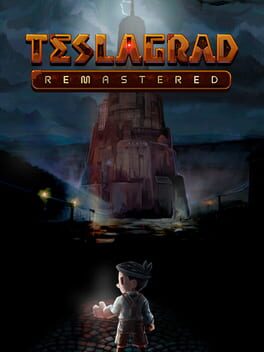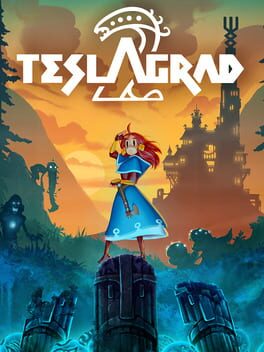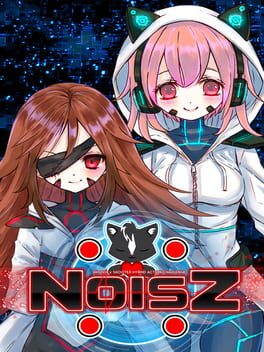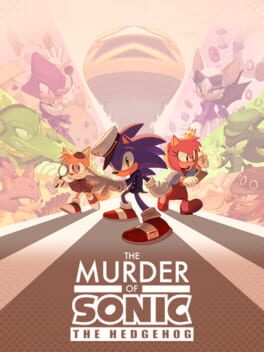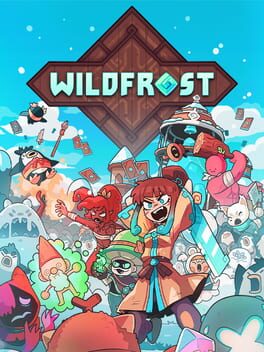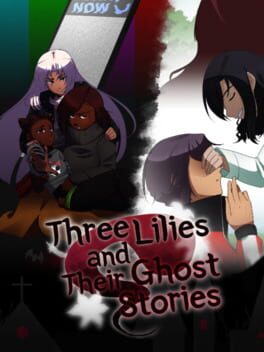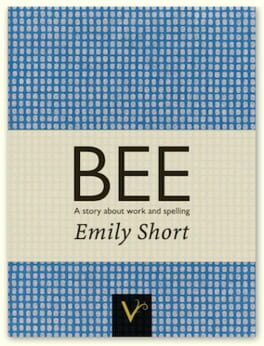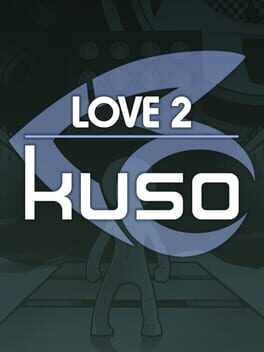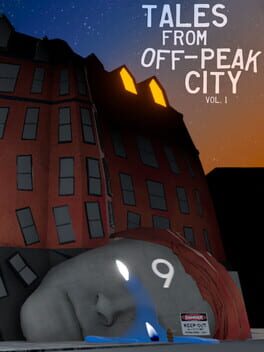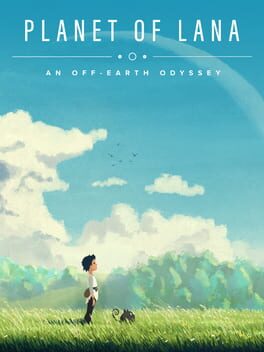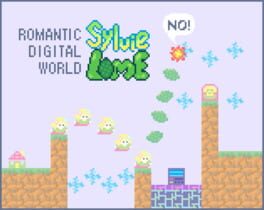lukebee
2023
I remembered enjoying Teslagrad back in the day, and yeah, it's still pretty good! Can't say I cared much for the boss fights, but flinging your character around with magnetic attraction and repulsion is a good time, and the remastered graphics look great. Really glad the game eventually marks the collectables on the map so I didn't have to rely on a walkthrough to get the true ending, though I did manage to find nearly all of them on my own before then.
2023
A dramatically expanded sequel that marks something of a departure from its predecessor. Where the first game consisted almost entirely of magnetic attraction/repulsion platforming puzzles in pretty self-contained levels joined to a central tower, Teslagrad 2 makes one of its polarities an entirely optional ability, and instead adds other abilities to your arsenal that make the game more about momentum-based traversal through large, open environments. Having played Teslagrad Remastered and Teslagrad 2 back to back, I like them both but definitely prefer this one; the greater degree of freedom is much appreciated, and blazing across the map once you have the full toolkit at your disposal is incredibly fun. (I really need to look up some speedruns, I bet people have accomplished some crazy stuff with the moveset.) Still not a big fan of the boss fights in this one, but you can't win 'em all.
2017
2020
2023
Really fun roguelike deckbuilder with somewhat of a tactics bent to it (there's a lot of moving units around to control who takes incoming attacks or who your units target or what order your units attack in), and a very cool twist around how the final boss works. Kinda interesting seeing that a lot of people found it way too difficult, considering I won my first 3 runs in a row and then hit the true ending on run 5.
A lesbian ghost-story anthology that runs the gamut from spooky romance to sci-fi dystopian thriller. None of it ever gets as dark as their previous VN Soundless, which was genuinely a really upsetting and disturbing read, though I'd definitely still suggest minding the content warnings. I think my favorite story was either Suburb or City, but I enjoyed all three.
2012
2014
2017
2022
Brilliant dice-rolling RPG infused with Cosmo D's trademark style. The way you level up or put together a build by customizing the individual faces of your dice is inspired, the off-kilter strangeness of the setting is fun as always, and snatching defeat from the jaws of victory by accidentally swapping my high dice roll for my opponent's low one is always hilarious.
2023
A puzzle-platformer that answers the question “What if Inside had bright colors and a little pet that follows you around?” It’s cute enough and quite pretty, but honestly I wasn’t super engaged for most of my playtime; the puzzles were mostly just a lot of pushing boxes and waiting for patrolling enemies to turn around and trying to remember which buttons I needed to hit to make my alien companion stand in the right spot, and and the pretty landscapes mostly kinda blended together. It did start to win me over eventually though, first with a really gorgeous scene of a night sky and sunrise, and then with some really cool aesthetic shifts and fun setpieces towards the end, and I was pleasantly surprised by the use of stillness in a climactic scene. There’s nothing nearly as wild or surprising as Inside’s ending, but I came away from the game liking it more than I was expecting.
2022
A playfully antagonistic exploration platformer that isn’t afraid to very intentionally add friction to the player’s experience. The movement is difficult to get the hang of (lots of inertia and it’s impossible to hug walls because you rebound off of them), there are false walls and floors aplenty (made more difficult to find by the fact that you can’t hug walls), there are secret passages that are only revealed by using one of your items at the entrance, there’s no detailed map so you have to just try to remember where everything is, you generally aren’t given any direction on where you should go, and the only checkpoints you get are the ones you remember to place yourself (and by “place” I mean “throw repeatedly until you figure out how to get it to not bounce into spikes”).
To be clear, none of these are complaints; Sylvie Lime is occasionally frustrating but those quirks are what make it so interesting and rewarding. It’s a game that wants to be in conversation with the player, wants you to think about what it’s doing and why, wants to tell you about what it’s doing and why. I was reminded a bit of Anodyne 2, another excellent game that directly addresses the player at certain points to talk about its own design.
To be clear, none of these are complaints; Sylvie Lime is occasionally frustrating but those quirks are what make it so interesting and rewarding. It’s a game that wants to be in conversation with the player, wants you to think about what it’s doing and why, wants to tell you about what it’s doing and why. I was reminded a bit of Anodyne 2, another excellent game that directly addresses the player at certain points to talk about its own design.
2022
A gauntlet of tiny single-screen platforming challenges made absurdly difficult by the slippery, bouncy, kinda janky movement, as well as the chaotic mess of moving platforms and hazards that make up most levels. I feel pretty proud of myself for only resorting to the skip button for 2 of the 60 levels.
